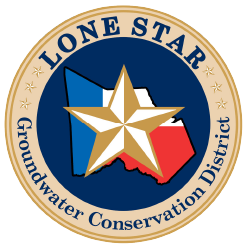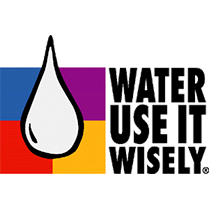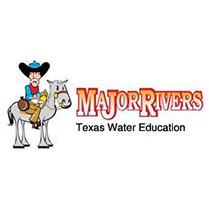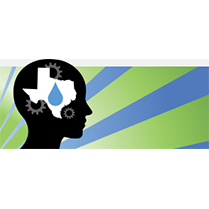How do you use water?
We usually think of things like drinking, brushing our teeth, taking showers, watering our lawn and playing in it on hot summer days.
How about in our clothes?
Of course, it takes water to wash our laundry, but did you know it takes about 400 gallons of water to make a plain t-shirt?
What about that glass of milk you drank (or dunked your cookies in)?
It took 53 gallons of water to make just one glass – that’s about 1,000 gallons of water for one gallon of milk! When it comes to calculating the water “footprint”, the total is calculated by combining the actual water in the product with all the water used to make the beverage (and imagine how much water cows drink!). This includes every action associated with the cultivation, collection and delivery of that item.
For more information on water footprints, visit the Water Footprint Network.
The World’s Water
Water seems to be everywhere, right? We swim in oceans, fish in lakes, and play in rivers. But how much of that water can we actually use? A lot less that you might imagine! Out of all the earth’s water, only 2.5 percent of that is freshwater. Get this – 68.6% of all freshwater is unusable because it’s frozen (glaciers and ice caps)! That really does limit this precious resource. Check out the graphic below!
The future of water is in your hands, so make sure to make water conservation part of your daily routine.
The Water Cycle
The basic water cycle consists of precipitation, infiltration, evaporation, and condensation. Our community partner, USGS, has developed an interactive water cycle for beginner, intermediate, and advanced levels.
When rain falls to the ground, the water keeps moving! Some of it flows along the surface in streams or lakes; some of it is used by plants; some evaporates and returns to the atmosphere; and some sinks into the ground. Groundwater is simply water found underground in the cracks and spaces in soil, sand, and rocks.
What happens when you pour a glass of water into a pile of sand? The water doesn’t just stay on top; it moves down into the spaces between the particles of sand. Similarly, when it rains, the water sinks into the ground, and makes its way into an underground space called an aquifer. Depending upon where the rain falls, it could take hundreds of years for the rain to reach the aquifer.
Aquifiers
Graphic courtesy of Texas Agrilife.
There are nine major and 21 minor aquifers in Texas. Montgomery County utilizes water from the Gulf Coast Aquifer System.
Within the Gulf Coast Aquifer System, Montgomery County has historically relied on three aquifers within the Gulf Coast Aquifer System: Chicot, Evangeline and the Jasper. These sources have been a great source of inexpensive, high-quality water. However, recent severe drought, combined with our county’s economic growth, has left our aquifers in less-than-desirable situation.
In addition to water conservation, the Lone Star GCD also encourages the exploration of Alternative Water Sources. This includes water reuse and utilization of the largely untapped Catahoula Aquifer when possible.
Games and Educational Resources
Water conservation and awareness will become a lifestyle when today's children learn about the importance of protecting this precious resource and they in turn incorporate water saving practices into their adult lives.
For this reason, a considerable amount of educational material and games has been developed to teach kids while they have fun. Below are some of our favorites!











